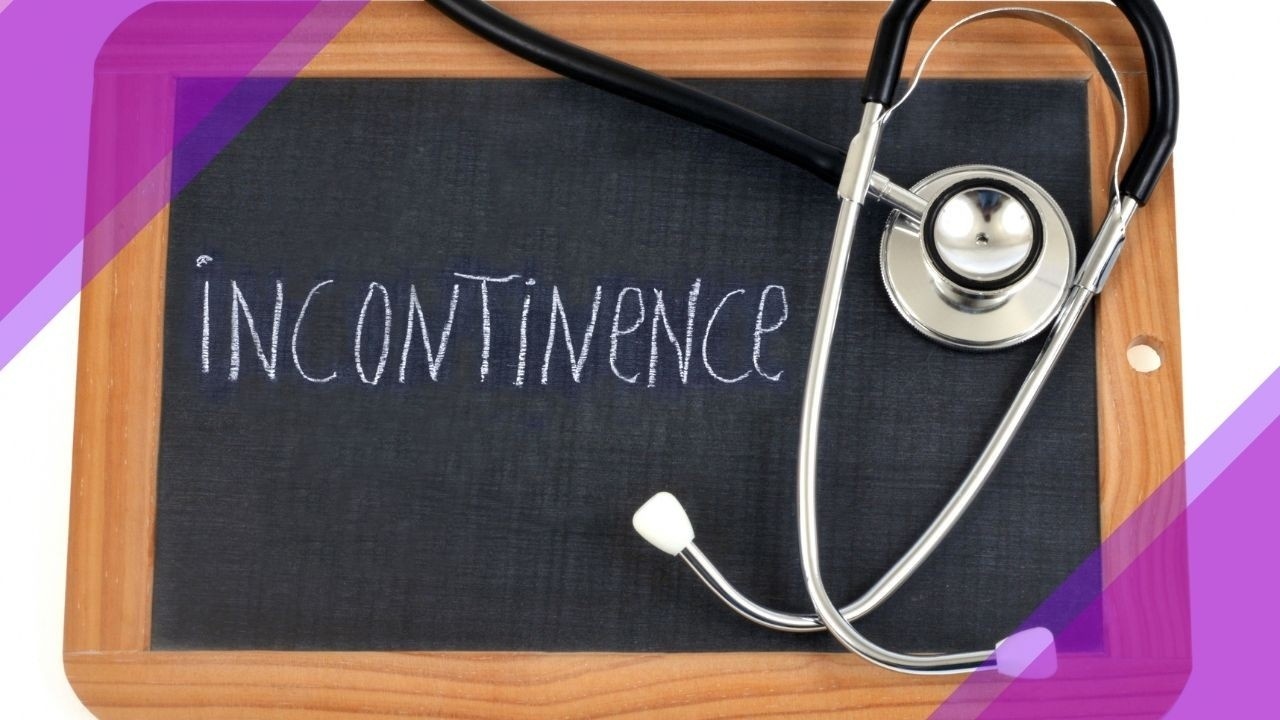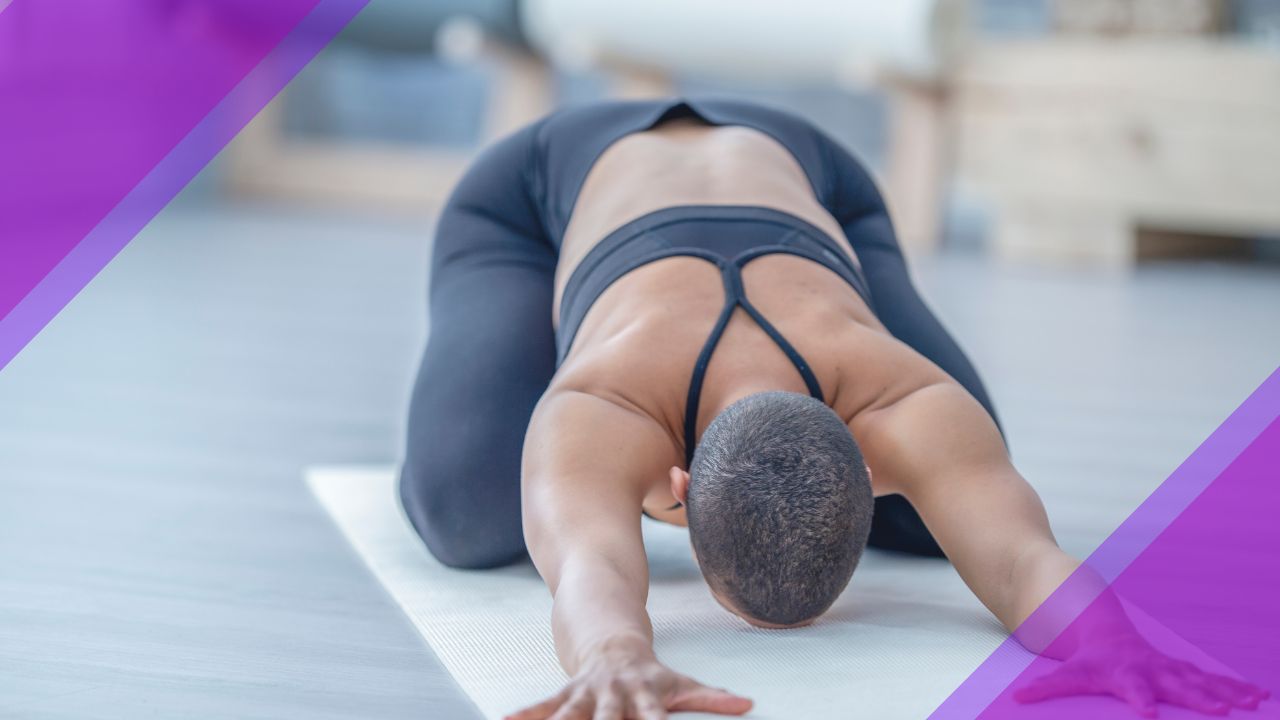
Managing Urinary Incontinence in Menopause
Jul 19, 2022Hint: It may take more than Kegels.
By Selene Yeager
If you’ve ever found yourself twisting your legs like a braided breadstick as you fumble to get your keys in the door or pulling up your pants to leave the bathroom only to drop them again because you still feel like you have to go, even though you literally just went, the findings of a study published in Menopause will come as no surprise: Overactive bladder syndrome and incontinence become more common with age, and especially post-menopause.
Overactive bladder (also known as OAB) causes a frequent and sudden urge to pee that feels difficult to control. The urge may hit you multiple times during the day and night. Women can also experience urge incontinence, which is the unintentional leaking when you have to urinate, as well as stress incontinence, which is the unintentional leaking of urine when you run, jump, lift, sneeze, cough, laugh or otherwise put pressure on the bladder and pelvic floor.
Though research shows younger, premenopausal women are also susceptible to stress incontinence — especially during high-impact or high-stress activity, OAB and urge incontinence tend to show up during and after the menopause transition, according to this latest research.
The study included more than 12,000 women with an average age of 46.5 who were part of the Japan Nurses’ Health Study. The researchers crunched the data to calculate the prevalence of urinary symptoms and the factors associated with them.
They found that women aged 45 to 54 were more likely to have OAB, as were women who were postmenopausal. Interestingly, stress incontinence appeared to become slightly less frequent after menopause, though it still affected more than 18 percent of women aged 50 to 54. Having a higher body mass index and the number of times a woman has given birth also increased the odds of incontinence.
There are many factors that contribute to this increase in incontinence and bladder issues, including estrogen decline, muscle loss and imbalances, and genitourinary syndrome of menopause (GSM, previously known as vulvovaginal atrophy). Pelvic floor weakness and/or dysfunction is also a major contributor.
Stopping the Leaks
Lifestyle adjustments can help lessen the likelihood and frequency of leaks. Cutting back on caffeine is one that has come up a lot in the Feisty Menopause membership as being particularly helpful. Cutting back on caffeine is also on the Mayo Clinic’s list of lifestyle treatments, along with drinking fewer carbonated beverages, limiting alcohol, and skipping artificial sweeteners, all of which have been linked to an overactive bladder or urinary urgency. Vaginal estrogen may also help relieve frequency issues and urge incontinence.
It's also important to address your pelvic floor health, as we've covered a few times on the Hit Play Not Pause podcast, including episode 55: Leaks, Lockdowns & Magic Wands with Amy Hill Fife, MPT and episode 6: Stop the Leaks with Chloe Murdock, DPT. The best approach is to work with a pelvic floor therapist who can help diagnose the root of your incontinence and devise a personalized plan. Here are a few strategies they may recommend.
Pelvic floor exercises: Pelvic floor training should be part of your regular routine. Daily Kegel exercises can be a good starting point.
To do them: Clench your pelvic floor like you’re trying to keep from wetting and/or soiling yourself. For the best results, you should include long-held squeezes as well as quick, short squeezes. Work up to performing 10 long squeezes, holding each contraction for 10 seconds, followed by 10 short, strong squeezes.
Deep breathing exercises: Murdock recommends deep breathing in “child’s pose” from yoga to coordinate your diaphragm, abdominals, and pelvic floor, which is essential for bladder control and pressure management. One study published in Female Pelvic Medicine & Reconstructive Surgery reported that women with incontinence issues who started practicing yoga moves targeted to pelvic floor health had a 71 percent decrease in symptoms after six weeks.
To do child’s pose breathing: Start in a kneeling position. Then sit back on your heels and open your knees about hip-width apart. Bend forward, lowering your upper body between your thighs, allowing your forehead to rest on the floor. Extend arms down along calves, palms facing up. Breathe in deeply, expanding your rib cage, especially the lower ribcage, and exhale. Do 6 to 10 slow, even breaths.

Core training: The pelvic floor works in collaboration with the diaphragm, multifidus, and transversus abdominis (TrA) muscles, which all have to pull their weight. Any weak links in the core canister can contribute to incontinence because the pelvic floor is forced to do more work than it was designed to handle. The following moves can help strengthen your core:
Plank: Lie facedown on the floor with your upper body propped on your forearms with your elbows directly beneath your shoulders. Your torso should be up off the floor so your body is in a straight line, supported by your forearms and toes. Your back should not arch or droop. Hold for as long as possible without losing proper form. Do this 3 to 5 times with a break of 30 seconds between each rep.
The plank is also a simple way to check if your TrA is pulling its weight, Murdock says. Check your abdominals while performing the plank as described above. Can you keep your lower abdominal muscles flat? Or do they “dome” downwards?
“This doming is an indication that the TrA is not working well, and the superficial muscles are taking over instead,” she says. Although classic planks are a good core-strengthening exercise, if you’re doming, you should modify the exercise to make it easy enough that you can keep your lower abdomen flat. A simple fix is keeping your knees on the floor, or doing the plank at an incline with your arms on the edge of a couch.
Bridge: Lie on your back with knees bent and feet flat on the floor, hip-width apart. Keeping thighs parallel to each other, contract glutes and lift hips up toward the ceiling so your body forms a straight line from shoulders to knees. Rest arms at your sides, palms down, or intensify the move by clasping your hands beneath you. Hold for 3 seconds. Lower back to the starting position and repeat. Repeat 10 to 15 reps.
Pelvic floor massage: It's important to note that not all pelvic floor problems stem from weak muscles. Sometimes they're the result of those muscles being chronically too tight. Just as some women clench their jaw in response to stress (which can lead to temporomandibular disorders — an issue in which 90 percent of those afflicted are women), some also clench their pelvic floor muscles, which can lead to trigger points, or muscle “contraction knots” of the pelvic floor, Murdock says.
And if your pelvic floor dysfunction is caused by clenching and being in lockdown, the last thing you want to do is more Kegels. You want to be able to help those muscles relax.
This is where a pelvic floor specialist comes in. There are certainly home-care practices, like using a dilator or trigger point wand, however, these are best taught by a trained professional.
“I teach women how to use dilators to learn what it feels like to relax and let go with those muscles,” Fife says. She also uses a wand (which is sort of like a Thera Cane for the pelvic floor) to work out the knots and tender spots. “A pelvic floor specialist can help you get connected to your body and perform these techniques and teach you how to do your own massage.”
The bottom line: You don't have to live with frequency and incontinence issues, which can be extremely disruptive to your life. They are very treatable with pelvic floor physical therapy and/or other treatments. If you are struggling with stubborn incontinence, see a professional.
Get Feisty 40+ in Your Inbox
We hate SPAM. We will never sell your information, for any reason or send you emails that suck!


